Mitsubishi Xpander Gets The Little Things Right
Mitsubishi’s first passenger car launch in Malaysia in many years, the Xpander, ticks the right boxes.
The Xpander is a new compact MPV from Mitsubishi Motors Malaysia and their first all-new passenger vehicle in the country in quite a while. The last major release from the brand was the Triton. Its bold Dynamic Shield grille captured the public’s imagination and the pick-up truck was a roaring success. Encouraged by the reception of their new product, Mitsubishi Motors Malaysia decided to locally-assemble the Xpander upon its introduction. The results are pretty good to say the least. The car was open for booking starting late 2020 and the uptake was rather good.
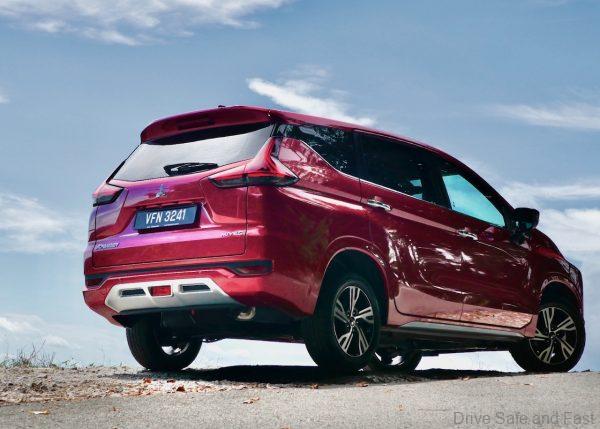
On the whole though, I think it compares favourably to its closest competitor, the Suzuki Ertiga. It was sold here as the Proton Ertiga for a short while. Without the Ertiga to offer direct competition, the Mitsubishi Xpander goes up against the Honda BR-V, Toyota Avanza and Perodua Aruz in terms of price and category. As a product, its most direct competitor is the Perodua Alza, which has a price advantage but is an aging product.
The Mitsubishi Xpander in Malaysia is powered by a 1.5-litre 4-cylinder petrol motor, which sends power to the front wheels via an automatic gearbox. The little engine is about what’s expected in the compact MPV segment. At most, I carried 5 adults with me and it had enough grunt to get it up to a safe highway speed. I think family-oriented drivers will find the car has a pleasant enough quality to it, soaking up most bumps and offering enough feedback and resistance through the steering. Visibility is also great by design and enhanced by a 360-degree camera displayed through the infotainment screen. However, the Xpander is set up to move quite a few people, so its suspension setting is a little poor at soaking up larger bumps, dips and potholes.
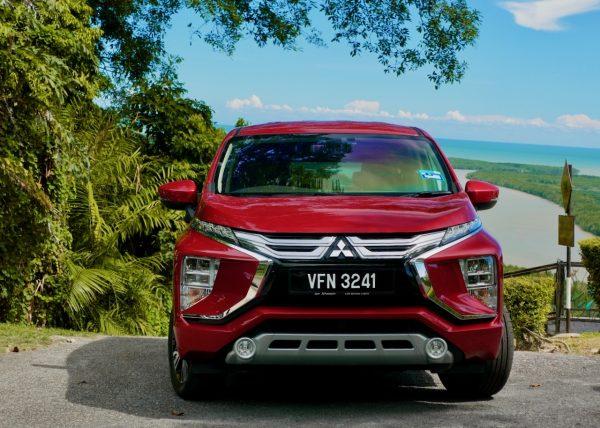
One major consideration when choosing an MPV is internal room. The Xpander has this in spades. Because the Xpander doesn’t take on crossover/SUV proportions, it retains the traditional MPV shape which immediately gives it a little more usable interior space. The SUV shape adopted by some of its Japanese rivals forces a high floor, which eats into the overall cabin space, legroom and even makes ingress and egress a little tougher.
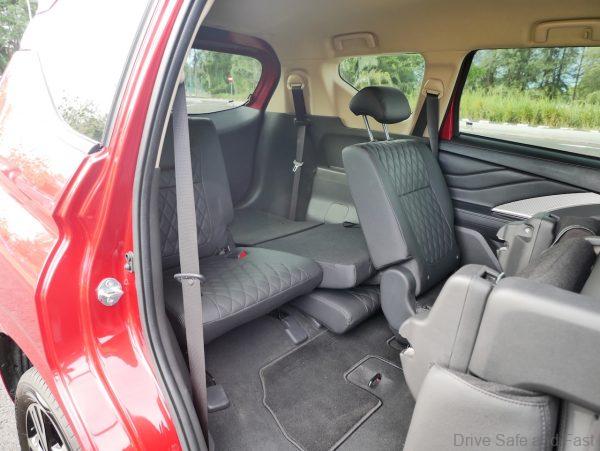
Speaking of getting in and out of the vehicle, the Xpander’s middle row of seats has a simple tumble mechanism. One pull of the lever and the seats fall forward and unlatch from the floor. With a little bit of force, they tumble forward and make room for occupants to clamber into or out of the rearmost row of seats. The third row of seats seem to be engineered for shorter occupants. I had no trouble getting into them, but the fit was tight, as to be expected in this segment. Passengers here get a 12V power socket, a couple of very sizeable cup holders and a little bit of storage space. From the rearmost seats, the cabin light can still be accessed, which might be useful in some circumstances.

These rearmost seats fold forward with pull tabs to become flush with the boot floor. Folding the second row of seats down is a 2-step process. As mentioned before, adjusting the second row of seats immediately unlatches them from the floor, so you need to push them back into the locked position before folding them all the way down. You can slide this second row of seats forward or back. When slid all the way back and folded down, you get an expansive boot space with a nearly gapless boot floor. It’s an expansive volume of space – 781 litres. Very well done, Mitsubishi.
The boot is just about serviceable for a couple of cabin bags when all seats are up. Under the boot floor, there’s a little organiser of sorts. this is also where you access the nut that holds up the spare tyre. In this segment, it’s the norm to mount the spare underneath the vehicle to allow for a third row of seats and luggage room.

Design
I think the strongest pull to the Xpander lies in its design – particular from the front. That new Dynamic Shield face has worked wonders for Mitsubishi. Most MPVs come across as not being masculine enough, but the Xpander doesn’t seem to have that problem. Sure, it’s a bit heavy on the chrome, but the aggression and modernity is pretty much spot on.

Inside, it’s a less brash. There’s a semi-floating, very large infotainment unit and the dashboard design isn’t bland at all. The diamond-quilted leather seats are a nice, unique touch on the Malaysian version of this car only. Mitsubishi also put some effort into giving the interior some creases and folds in the right spots. There’s also an interesting faux-metal trim scattered throughout the cabin. There’s only one major complaint about this interior: hard plastics are everywhere. Yes, that’s still the expectation at this price point, but the Xpander looks a lot better than it feels, and that’s worth noting.
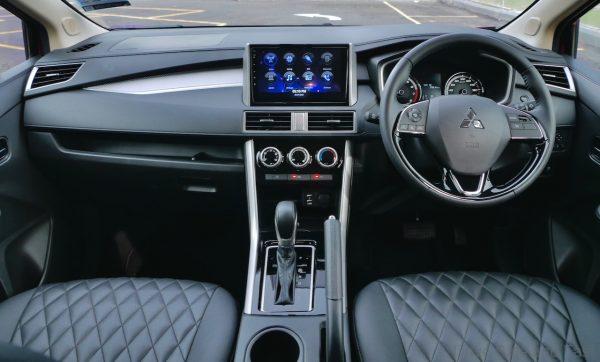
That being said, functionally, there’s nothing wrong with the Xpander. You get a rear set of blowers with fan speed control and four vents.

Rear passengers get a fairly well organised set of seat-back pockets. This gives them spots for a phone, a laptop and a maybe even a small tablet.
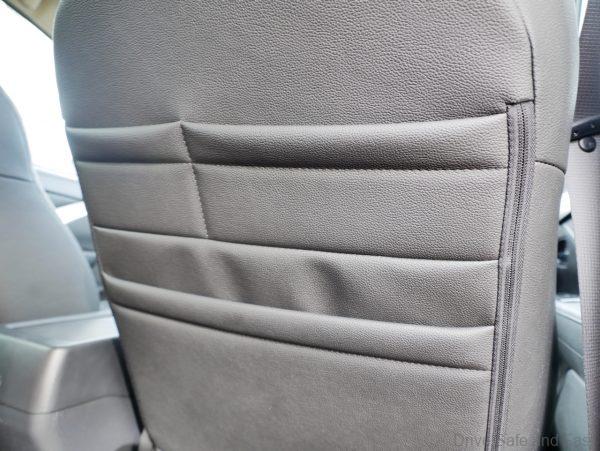
All-in-all, the Mitsubishi Xpander presents a really good deal for the money. It’s practical, well-equipped, and good looking. At just over RM90,000, the price is actually just about what you’d expect. The airbag count is a little low, but otherwise the usual safety aids are there.

Mitsubishi Xpander Specifications
Engine: Inline-4, 16-Valve, DOHC, Petrol
Capacity: 1,499cc
Gearbox: 4-speed Conventional Automatic
Max power: 104hp @ 6,000rpm
Max torque: 141Nm @ 4,000rpm
Price: RM91,369